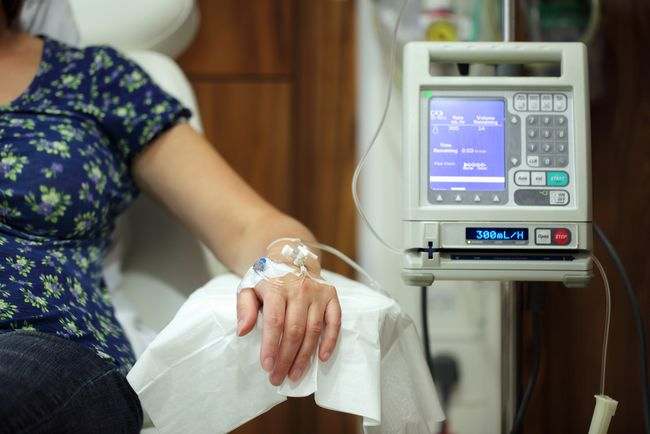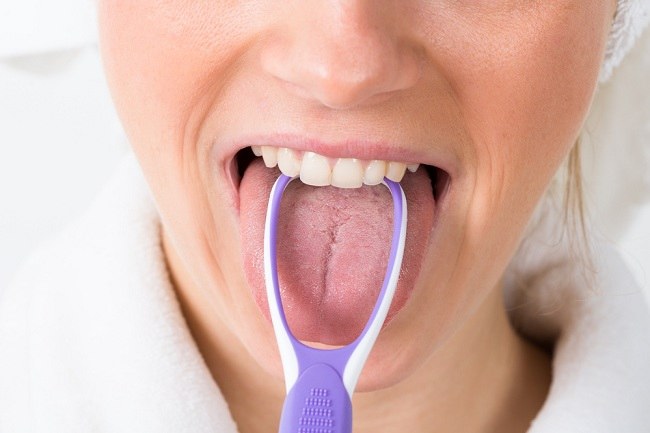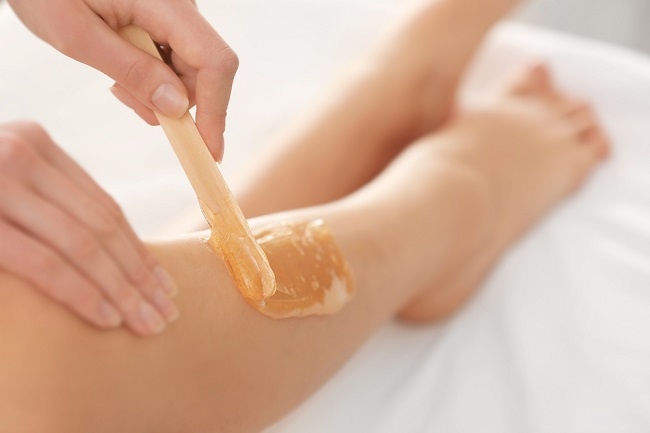A torn vagina during childbirth is a condition that many mothers experience who have just given birth. Usually, the tear occurs from the vagina to the perineum, which is the area between the vagina and anus.
Every woman who will give birth has a risk of experiencing a tear in the vagina. This happens because at the time of giving birth to the baby, the mother's birth canal will stretch and experience very strong pressure when she wants to push the baby out.

When this pressure is very strong or the mother has to exert extra effort to deliver the baby, the vagina can tear during delivery.
Types of Tear in the Vagina Sat delivery
Based on the severity, vaginal tears during childbirth are divided into 4 types, namely:
- First degree vaginal tear. This tear occurs only in the area of skin between the lips of the vagina and the rectum (the last part of the large intestine closest to the anus), as well as a small amount of fatty tissue just under the skin of the perineum.
- Second-degree vaginal tear. This tear occurs in the skin and muscles of the perineal area, even extending to the inside of the vagina.
- Third degree vaginal tear. This tear is quite severe because it does not only occur in the perineal area, but also reaches the muscles that surround the anus.
- Fourth degree vaginal tear. This tear is the worst because it does not only occur in the vaginal and anal muscles, but has gone deeper into the rectal wall.
Some Risk Factors Vaginal Torn During Childbirth
There are several things that can increase a woman's risk of experiencing vaginal tears during childbirth, namely:
- The delivery that was undertaken was the first.
- Undergoing the birth process with assistive devices.
- Contain a baby with a large size or a baby's weight above 3.5 kilograms.
- Have experienced a heavy vaginal tear in a previous delivery.
- Babies are born in a posterior position, or head down but facing the mother's belly.
- Having an episiotomy (incision in the perineum) during delivery or having had an episiotomy in previous deliveries.
- Have a shorter perineum.
- Long labor, or having to push for a long time during labor.
- Older maternal age (above 35 years) at delivery.
How Doctors Treat a Torn Vagina Sat Labor?
Treatment of vaginal tears during delivery will be adjusted according to the severity of the tear and the patient's condition. For minor tears, the wound will usually heal on its own.
If it's severe enough (a second-degree tear or more), the vaginal tear needs to be treated with suturing. Before the wound is sutured, the doctor will give a local anesthetic to reduce pain.
After the tear is sutured, doctors usually advise the patient to compress the stitches with ice wrapped in a cloth. If the stitches are painful or uncomfortable, your doctor will prescribe a pain reliever.
Treating Tear Scars
After giving birth and experiencing a tear in the vagina, you may feel some complaints, such as pain, bleeding and swelling in the vagina.
However, these side effects can be reduced by doing some of the simple treatments below:
1. Rest
It's not easy to get enough rest when you have a baby, even though rest is a moment where the body naturally recovers. However, rest does not always mean sleep. Avoiding strenuous activity for at least 2 weeks after giving birth is enough to help the recovery process.
2. Keep the stitches clean
Maintaining the cleanliness of the stitches certainly needs to be prioritized. If hygiene is not maintained, the wound may take longer to heal or it may worsen and cause new problems, such as infection.
To keep the stitches clean, the doctor will usually advise you to clean the stitches with warm water every few hours, especially after urinating and defecating.
3. Take laxatives
Constipation after giving birth can make you have to push during bowel movements. This can cause pain at the suture site. To prevent this, try drinking lots of water and foods that contain fiber to improve digestion and bowel movements.
If necessary, your doctor can prescribe laxatives so you don't have to strain hard during bowel movements.
4. Give an ice pack
To reduce swelling and pain, try compressing the problem area with an ice cube wrapped in a cloth. Do the compression for at least 10-20 minutes.
As much as possible avoid compressing the problem area for more than 20 minutes, because it can damage the nerves around the area.
In the recovery phase, of course there are some things that need to be avoided because they can hinder the recovery of the stitches on the torn vagina. Some things to avoid are:
- Using tampons.
- Clean the scar with hot water.
- Have sex. This activity can only be done again when the wound has completely healed.
- Use vaginal cleaning products.
- Applying powder or lotion that contains fragrance on the wound.
Discuss suture treatment with your doctor. The doctor will determine the appropriate treatment according to the condition and severity of the wound.
If the above efforts do not relieve the pain due to vaginal tearing or instead cause new symptoms, such as an unpleasant odor, fever, severe swelling, there is pus in the vaginal tear, and the pain is more severe than before, you should immediately see a doctor. the doctor is back.









